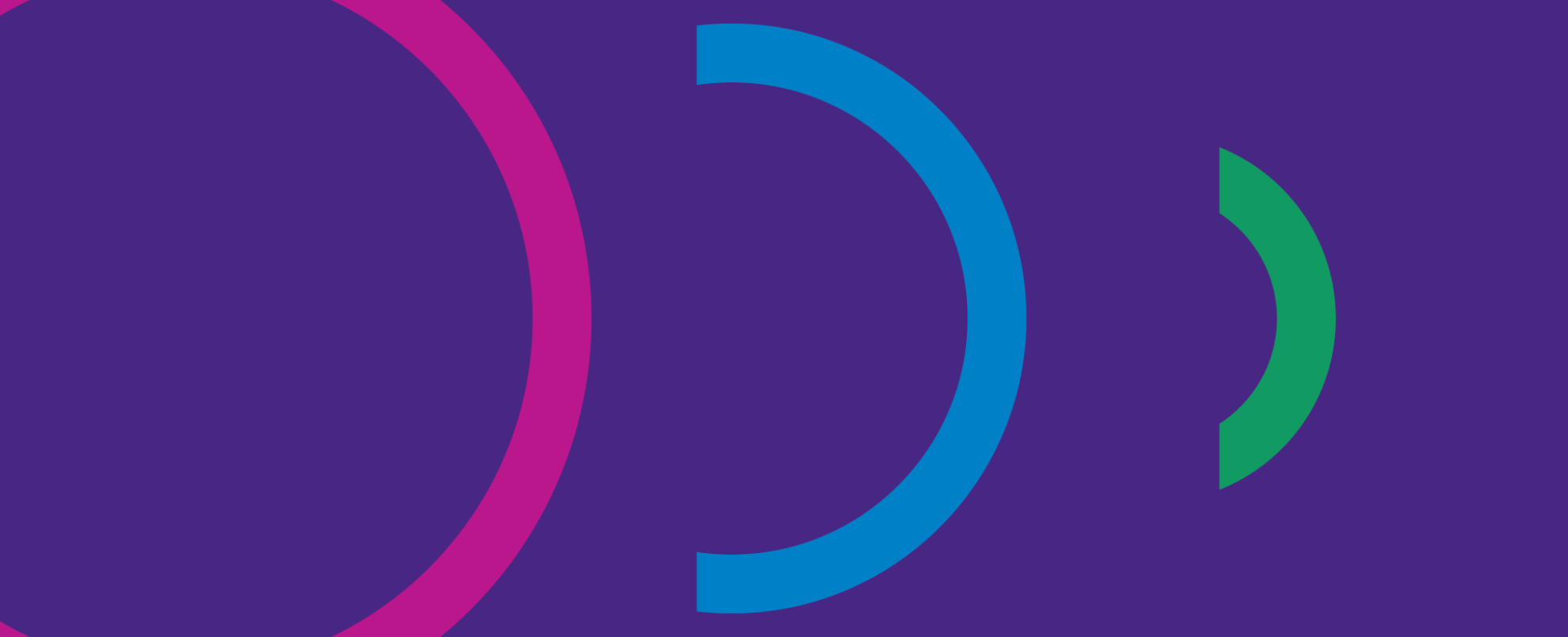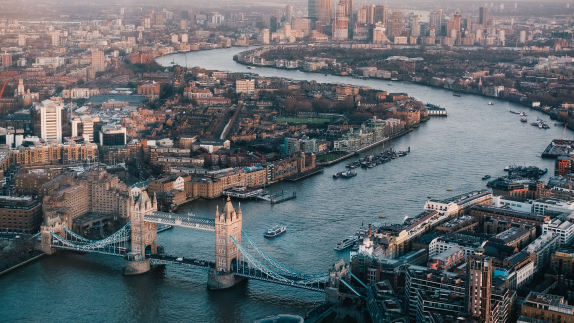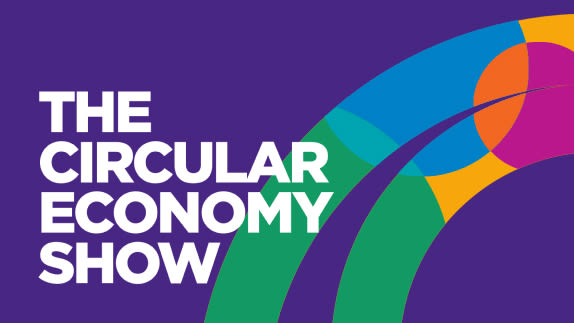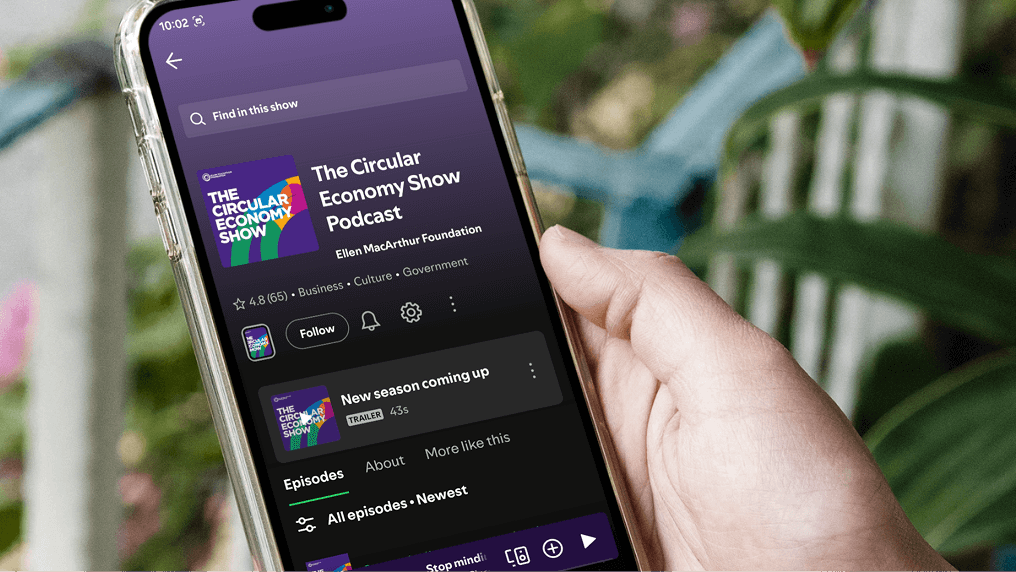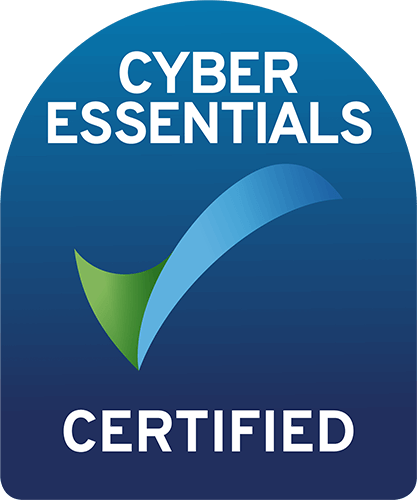The circular economy is no longer just a theory; it’s becoming a reality across an increasing number of sectors, from tech and materials to retail and marketing.
In this episode, Seb shares four recent stories highlighting the importance of a circular economy across businesses.
Join us to find out:
- How rethinking product design could help future-proof tech such as iPhones
- Why it’s necessary to increase global recycling rates of copper
- How consumers are paying more attention to ads with a social or environmental theme
- How one household name is adding digital product passports to their clothing
Help us spread the word about the circular economy, by giving us a review on Apple Podcasts, or leaving a comment on YouTube or Spotify.
Mentioned in this episode:
Sustainable Brands: In 10-Year Study of Most Effective Brand Campaigns, Sustainability Is a Win
Listen on Spotify, Apple Podcasts, or wherever you get your podcast.
Transcript
[00:00:00.560] - Seb Read Welcome back to the Circular Economy Show. I'm your host, Seb Read. In today's quick hit solo episode, I'm bringing you four recent stories that highlight how circularity is reshaping tech, materials, retail and marketing. These aren't hypotheticals, they're real shifts from copper recycling breakthroughs to QR codes on your jeans. Let's dive in.
[00:00:28.240] - Seb Read Let's start with the headline grabber. According to Mashable, if Apple were to produce an iPhone entirely in the US it could cost up to $3,500. That number is staggering. But what's really striking is what it reveals about global supply chains. We're talking about deep dependencies on labor, on manufacturing ecosystems and on dispersed resource extraction. Now, from a circular economy perspective, this raises the question, how do we future proof such complex systems? The answer might not be in reassuring everything, but in rethinking product design, improving durability and enabling repair and reuse. It shows just how dependent our economy is on a number of critical minerals. An important place to apply the circular economy. Meanwhile, a related study out of Tsinghua University made headlines on EurekAlert, showing that meeting global copper demand through mining alone will have some fairly detrimental environmental outcomes.
[00:01:38.410] - Seb Read Copper is essential for electric vehicles, wind turbines and data centres, but primary extraction is carbon intensive and hitting limits. The researchers found that if we could increase global recycling rates of copper to 60 to 80%, we could slash emissions dramatically. And that's even before considering things like repair and remanufacture. This is textbook circular economy thinking. Closing material loops, reducing dependency on virgin extraction, and scaling secondary markets to support the clean energy transition. It echoes the win win win opportunity identified in the Foundation's recent Triple Play publication focused on the circular economy for China. And also what recent guest on the podcast Ke Wang from the World Resource Institute said about the potential in the EU. Take a listen.
[00:02:35.700] - Ke Wang Circularity can help manage demand, right? That's the principle of circularity, is that we can. meet all these demand while reducing the dependency on virgin material mining. So that of course has its environmental benefits. Less new mining, less pollution, less forest loss, etc. And it also has the economic this kind of security concern, right? So for countries, especially countries that does not have a lot of mineral resources themselves, circularity can provide a source of supply which can help with security, with supply resilience that is very high on them political agenda nowadays.
[00:03:19.050] - Seb Read
A recent 10 year study covered by Sustainable Brands found that nearly 30% of the world's most effective ad campaigns, those that truly moved people, had a social or environmental theme. And here's the kicker. These weren't just feel good messages. They built stronger, more resilient brands. And this really aligns with what we're seeing in the circular economy space. Brands that tell the story of regeneration, of reuse, of other circular innovations aren't just doing the right thing. They're beginning to win hearts and they're beginning to win wallets. The takeaway? Circularity is central to brand identity and it can sell. We heard more about how buying habits are changing and the potential of this for a circular economy on another recent episode of the podcast with Kantar's Jonathan Hall.
[00:04:12.840] - Jonathan Hall I guess you need to take a step back if we're thinking about the consumer perspective on circular economy and circular products. So I'd literally go back as far as thinking about the values that really define society and have defined society really since the post war, post second World war period. Because those are things which you can ladder back up to things like circular products as manifestations of what we see in culture. And I think if you think about these things in terms of generational theory, we're going through a pivot at the moment, which we've only seen the like of that once before in the last 130 years. And that was after the Second World War when we saw a shift from a sort of institutionalism which defined the pre war era to to individualism. And that was driven by the boomers. It was manifested in brands like Levi's and Harley Davidson and Marlboro. And they really rode that wave. And now we're going through a transition from individualism into something which we call mutualism right now. There will be lots of pushback. There always are in terms of when there's fundamental change. And we're seeing that.
[00:05:30.760] - Jonathan Hall But the trend lines are clear now. Circular economy is very much a part of that value shift. And people will be looking to products and services and experiences and brand owners to help them transition. And they may not see these things as circular themselves. They may not even know what circular is. But the point is they're buying into the benefits and the propositions which the circular economy represents. And one final point here, I would say is that it's late millennials and Gen Z who are in are embracing this value shift. And they're the biggest cohorts that we've ever seen. They're obviously the future. They're defining the emerging economies. And we're going to see a wealth transfer of $84.4 trillion from boomers to those generations by 2045 in the US alone.
[00:06:24.750] - Seb Read Finally, a very tangible example from the high street. Target is embedding digital product passports QR codes into 35 million garments from its Universal Thread line. These QR tags give buyers access to care instructions and crucially, details about how to resell, repair or recycle those clothes. It's a major circular economy signal where transparency meets practicality. By giving customers data at the point of use, Target is building infrastructure for post purchase engagement and nudging us closer to a system where clothes don't go to landfill after only seven wears, but instead move through loops of reuse and recovery.
[00:07:12.250] - Seb Read The Foundation is seeing more and more stories like this as businesses look to move from pilot to scale with their circular business models. Watch out for more content from our fashion remodel project in this space soon. So what do these four stories tell us? They tell us that circularity is showing up everywhere, from component supply chains and raw materials to marketing strategies and retail product tagging. It's not one big switch. It's a constellation of practical, creative and often profitable changes. Thanks for tuning in to this quick episode of the Circular Economy Show. If a particular story resonated with you, or if you're seeing circular innovation in your sector, drop me a note.
[00:07:59.030] - Seb Read Until next time, stay curious and stay circular.
